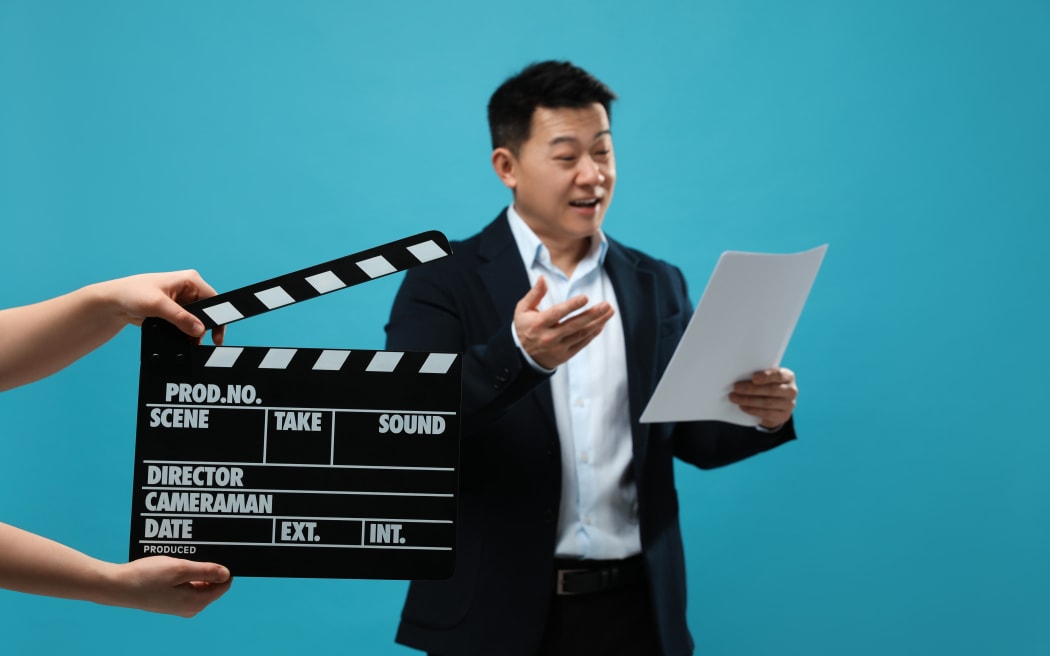
Only 5 percent of visuals available on Getty Images' database in New Zealand and Australia depict Asian and Pasifika individuals. Photo: 123ref
Advertisers in the Asia-Pacific region are relying heavily on stereotypical imagery for content creation, a new report from Getty Images shows.
Titled "Inclusive Visual Storytelling for Asian Communities", the report shows that many people in New Zealand and Australia do not feel the images they see on advertising and media daily accurately reflect their communities.
The Asian population has grown sharply in New Zealand and Australia in recent years, now representing about 15 percent and 17 percent of both countries' overall population, according to data from national censuses taken in 2018 and 2021, respectively.
However, visuals displayed on Getty Images websites in New Zealand and Australia reveal a lack of proportional representation of Asian cultures in both countries.
Only 5 percent of visuals available in these countries depict Asian and Pacific peoples.
"To be honest, I wasn't surprised by the report's findings," says Daniel Fastnedge, former creative director and lecturer of ad and brand creativity at Auckland University of Technology's School of Communications.
"There has been a longstanding issue with diversity and inclusion, especially in visuals and advertising," he says.

Daniel Fastnedge is a lecturer of ad and brand creativity at Auckland University of Technology. Photo: Supplied
He acknowledges that he was a bit surprised by the low representation of Asian communities, considering the Asian population of New Zealand, which sits above 700,000, according to the 2018 census.
Fastnedge, who is of Chinese and Samoan heritage, believes the situation is changing in New Zealand in certain sectors.
He points to the recent campaigns of ANZ and ASB banks that showcased talents from ethnic communities.
"ANZ has the Sharma family, and that's coming from the insights of the creative director, who is actually from India, so there is inclusion in some areas but not everywhere," Fastnedge says.
Among Asian ethnicities, Chinese and Thai are the most frequently portrayed on Getty Images' database in New Zealand and Australia, followed by Indian and Japanese.
However, the database shows that Pasifika and Southeast Asian communities are largely underrepresented. And when Pacific people are portrayed, they are often depicted in large family settings.
Getty's report also identifies a significant disparity in the portrayal of Asian and Pasifika communities.
Asian communities are predominantly portrayed in white-collar jobs, with finance and economics being the most visible industries, while Pacific men are predominantly depicted as working-class and are hardly portrayed in white-collar positions.
Fastnedge suspects there might be a potential commercial reason for this.
"The artists and photographers who are creating those images want them to be used as many times as possible for different brands, and that probably leads them to creating more generic visuals," he says.

Antony Young is the managing partner of a Wellington-based digital marketing agency called The Media Lab. Photo: Supplied
Antony Young, managing partner of The Media Lab, a Wellington-based digital marketing agency, believes agencies are conscious of diversity today.
"They go to great lengths to show that it reflects the community these days," Young says.
He believes that the industry should consider diversity as a priority because ads should resonate with people in order to work.
Young also loved the ANZ campaign, describing it as "a nice Kiwi story."
"Most agencies are based in Auckland, and there is so much diversity in Auckland," he says.
Both Young and Fastnedge agree that New Zealand has improved a lot over the past 10 years when it comes to diversity in advertising and media.
Fastnedge also notes that there is still room for improvement in certain areas, especially with Asian and LGBTQIA+ representation.
He thinks the main reason behind this is the lack of creatives and directors from these communities in the industry.
Young agrees, arguing that diversity matters.
"When I see that Mercury ad with a Chinese talent, that makes me feel better," he says.

